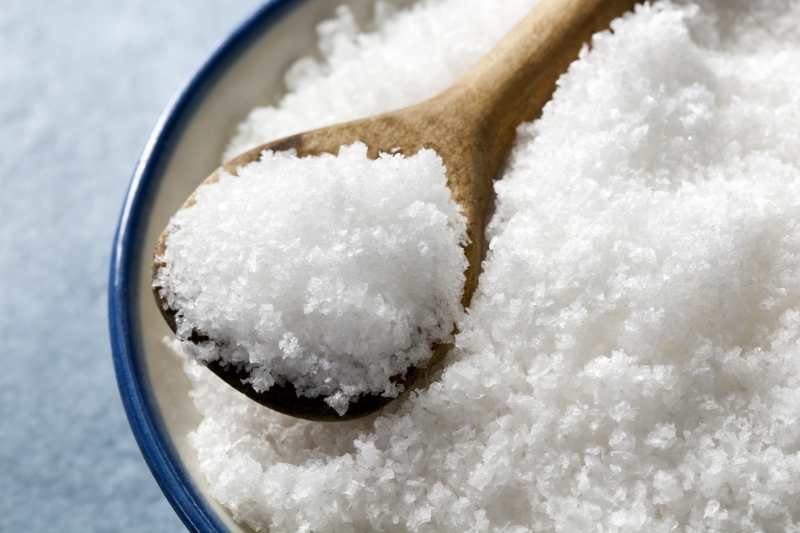
Halotherapy, also known as salt therapy, is new to Australia, but has much older roots. In ancient Greece, Hippocrates recommended the inhalation of salt water steam for relief from respiratory problems and medieval monks took patients deep into salt caves for therapy, crushing stalactites to infuse the air with fine salt particles. The practice all but disappeared for centuries, but became popular first in Europe and then the United States about two decades ago.
What Is Halotherapy?
Basically, halotherapy is the inhalation of very fine salt particles. In a modern halotherapy session, the client sits in a specially designed room constructed of salt blocks that mimic the interior of a salt cave. In order to infuse the atmosphere with salt particles, halogenerators are used to grind salt into very fine particles. Those who have experienced a session usually report no ill effects, but on occasion the session may trigger coughing and the release of mucus. This is one of its alleged intended effects. Sometimes, clients experience remarkable relief from symptoms in just a single session, while others are said to feel relief after a few halotherapy sessions.
What Conditions Can Halotherapy Treat?
The benefits of salt therapy were first noticed in the modern era during World War II, when Dr. Karl Hermann Spannagel noticed health improvements in his patients with respiratory conditions when they were taking shelter from bombing raids in Germany's Kluterthohle salt cave. After WWII, Dr. Spannagel and others conducted studies and opened caves throughout Eastern Europe for the treatment of asthma and other respiratory conditions. This type of therapy is known as speleotherapy, after the Greek word for cave (speleon). As special salt rooms were developed, the popularity of the therapy spread throughout Europe and it became known as halotherapy, after the Greek word 'halon' or salt.
More recently, further studies and observations have concluded that halotherapy may be of benefit for a wide range of conditions. Some of these include:
- Allergies
- Colds and flus
- Hayfever
- Sinusitis
- Bronchitis
- Emphysema
- Cystic fibrosis
Relief from a variety of skin disorders has also been observed. Halotherapy practitioners stress that while the therapy has anti-histamine, anti-bacterial and anti-inflammatory effects, it is not advisable to use it as a stand-alone therapy. They encourage patients not to discontinue use of their regular medications, but instead use halotherapy as a form of complementary natural medicine.
What Is a Halotherapy Session Like?
A halotherapy room is designed for relaxation and enjoyment and your only real requirement is to breathe naturally. You can take the opportunity for quiet meditation, work on your laptop or read a book. For children, toys and games are offered to help them enjoy their session. An adult halotherapy session usually lasts for 45 minutes, while a children's session lasts 25 minutes. The salt air will not damage clothing or leave a noticeable residue, so no special clothing is required, but can be provided if you request it.
Originally published on Aug 22, 2011








